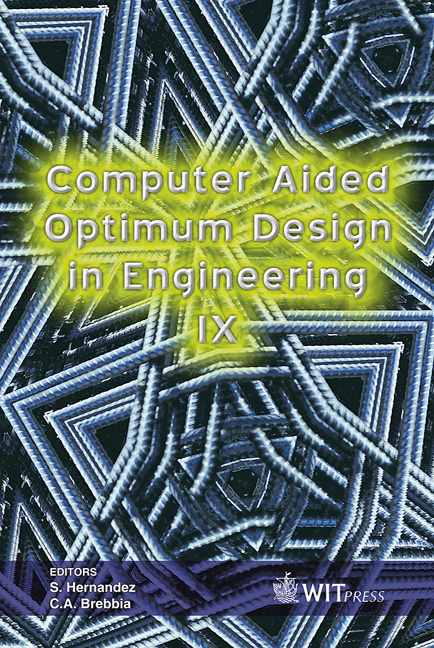An FE Computer Model To Investigate The Effects Of Varying A.C. Frequency And Strip Speed During High Speed Resistance Seam Welding Of Tinplate
Price
Free (open access)
Transaction
Volume
80
Pages
9
Published
2005
Size
957 kb
Paper DOI
10.2495/OP050411
Copyright
WIT Press
Author(s)
B. S. Suthar & S. G. R. Brown
Abstract
High Speed Resistance Welding (HSRW) is a high-volume manufacturing route for the production of welded steel cans. Full optimisation of such a process requires a scientific understanding of the relationships between process variables and thermal effects occurring in the weld zone and heat affected zone. This paper follows on from previous work undertaken as part of an ongoing project to develop a predictive FE computer model of the HSRW process. Presently, the model has been used to investigate the thermal effects of welding speed and A.C. frequency on the macro scale evolution of the nuggets developed during welding. The model formulation and results generated using the model are described. The effects of varying strip speed and A.C. frequency on temperature distributions, current density fields and predicted nugget lengths are highlighted. Keywords: high speed resistance seam welding, weld nugget, thermal behaviour, current density. 1 Introduction Welded steel cans represent the most predominant form of metallic packaging for human and pet food products, worldwide [1]. Although high-speed resistance welding lines with linear speeds of over 1ms-1 have been developed, extra demand is being imposed on process capability and product performance. To utilise this process to its optimum capability and to increase the welding latitude
Keywords
high speed resistance seam welding, weld nugget, thermal behaviour, current density.





